AHS158 Midterm
1/23
There's no tags or description
Looks like no tags are added yet.
Name | Mastery | Learn | Test | Matching | Spaced |
|---|
No study sessions yet.
24 Terms
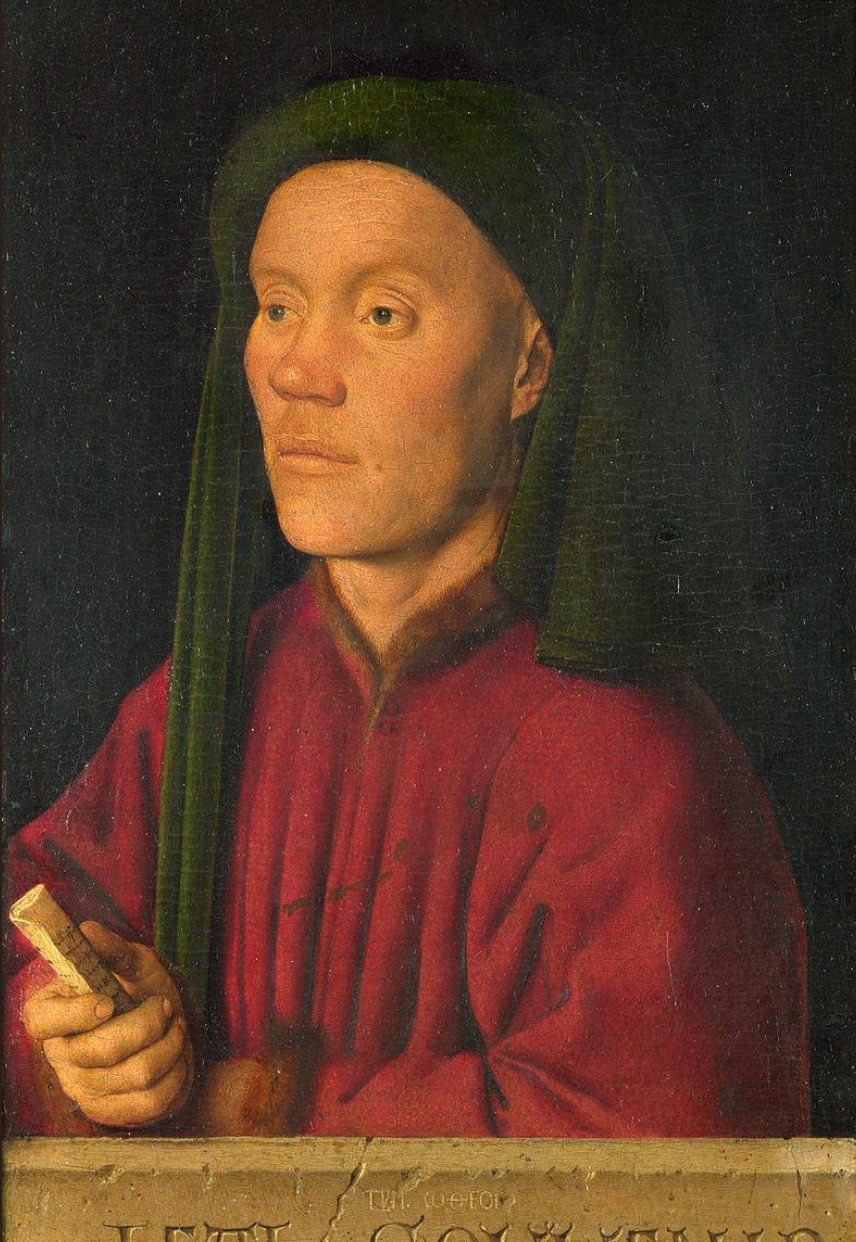
Jan van Eyck
Leal Souvenir-1413

Agnolo Bronzino
Andrea Doria as Neptune-1545
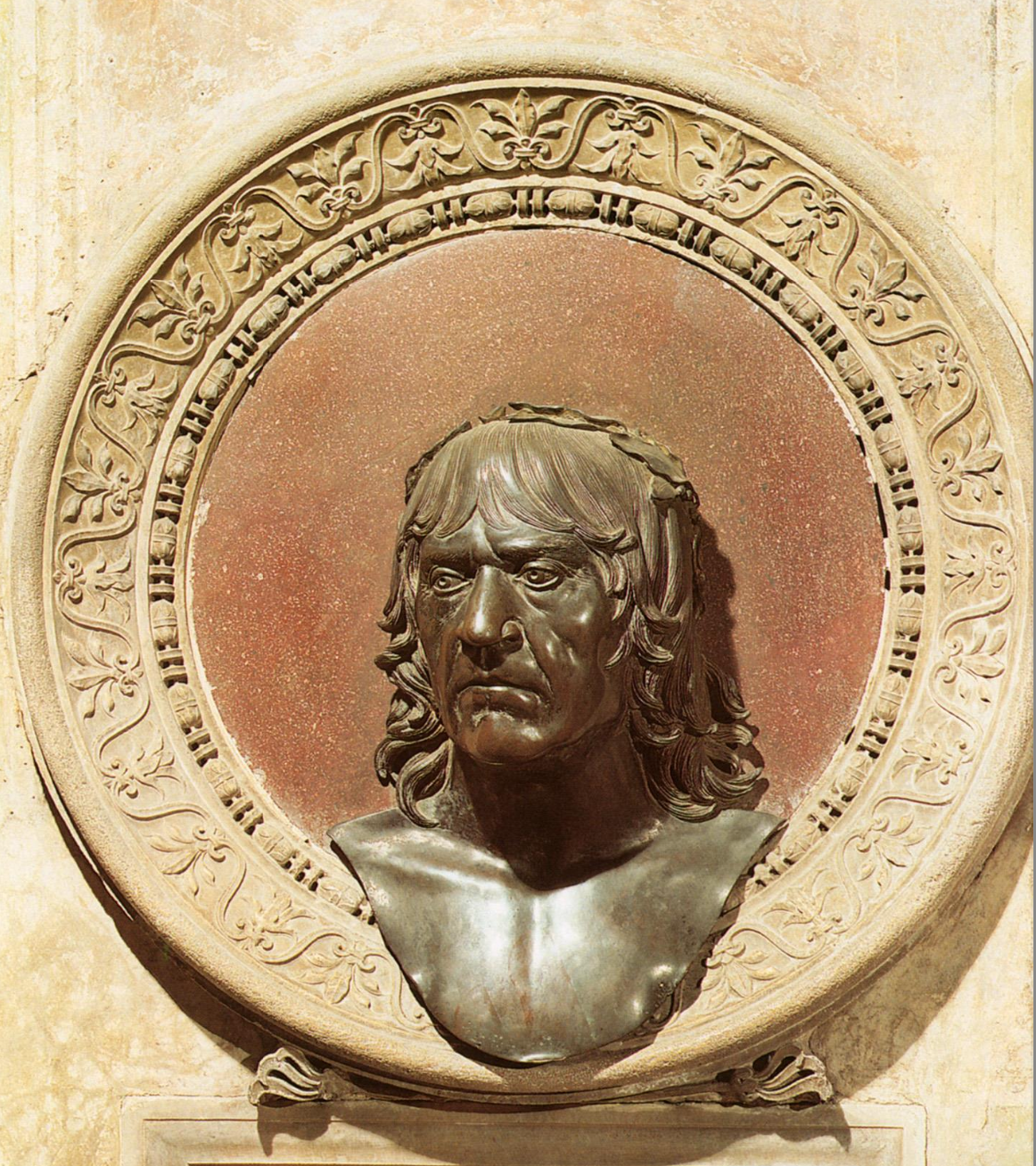
Andrea Mantegna
Self-portrait bsut on his tomb- 1490 CA.
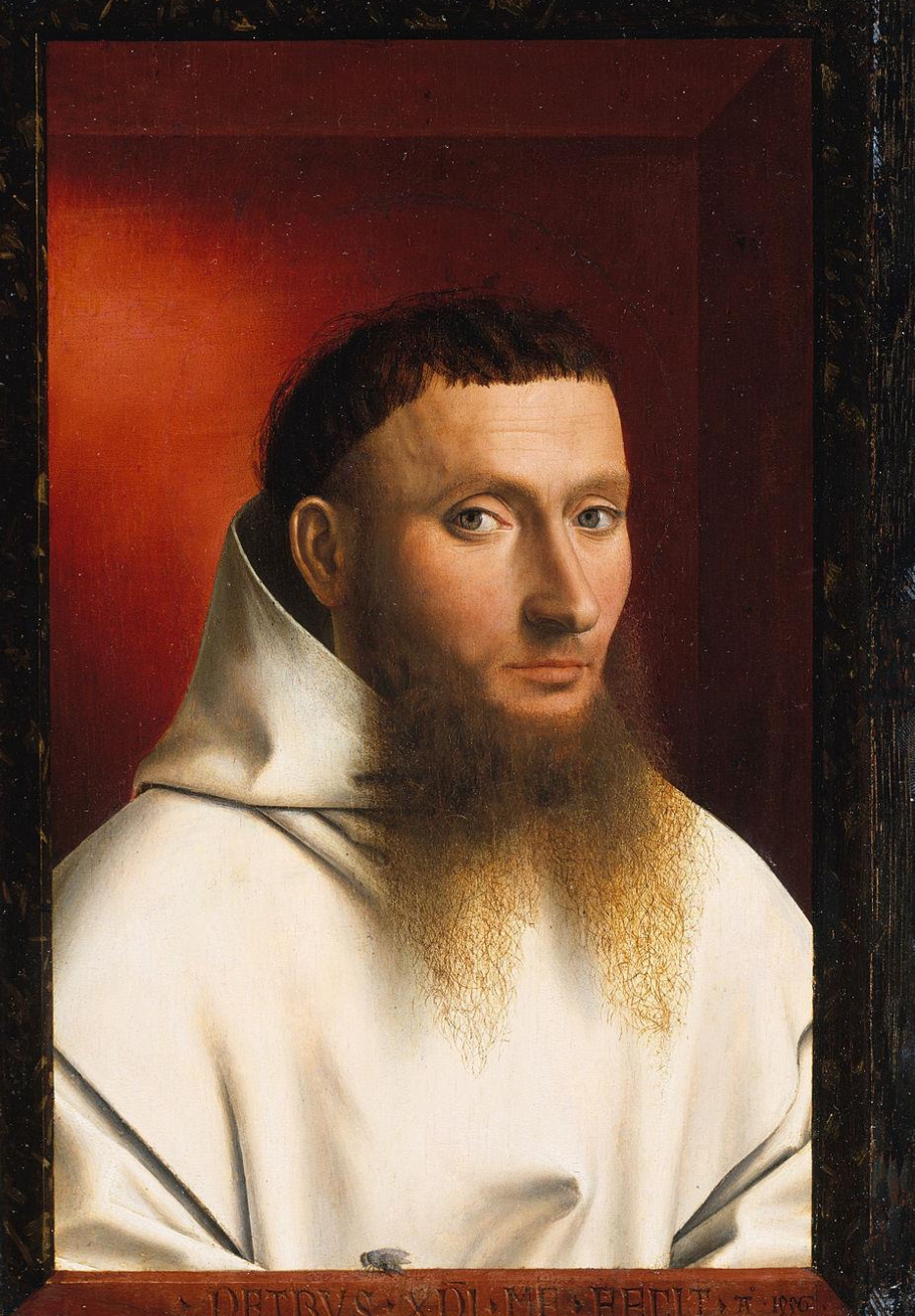
Petrus christus
Portrait of a christian monk-1446
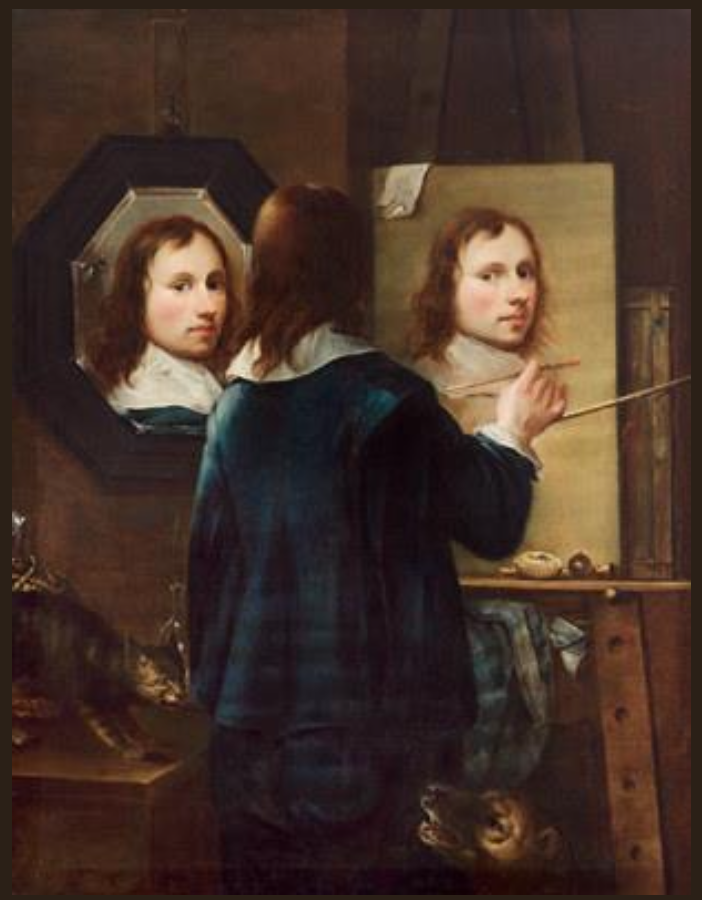
Johannes Gump
Artist in the act of painting his self-portrait-1646
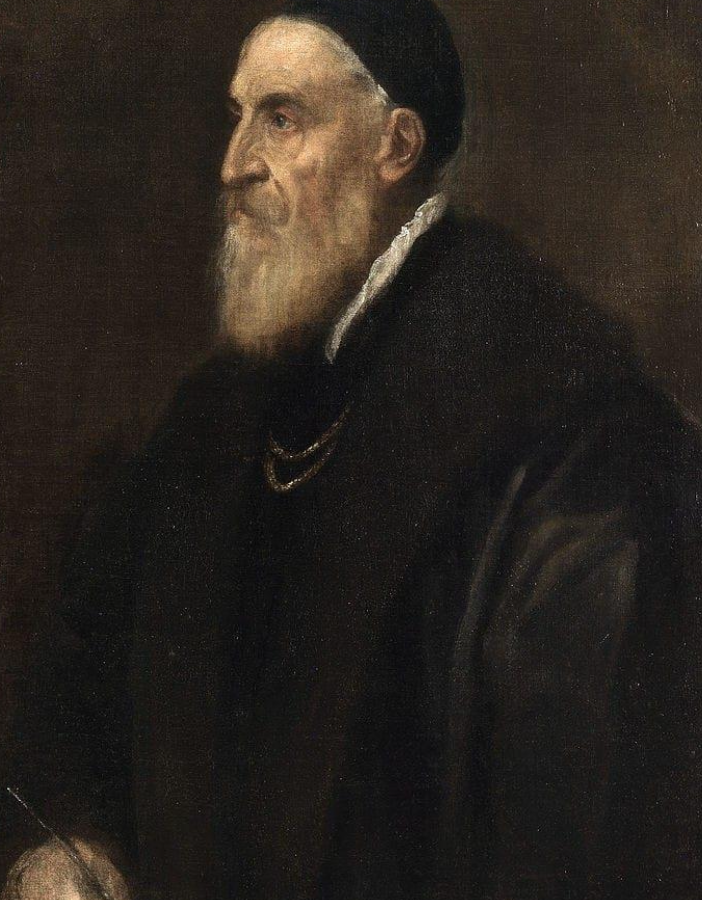
titan
Self-portrait-1566
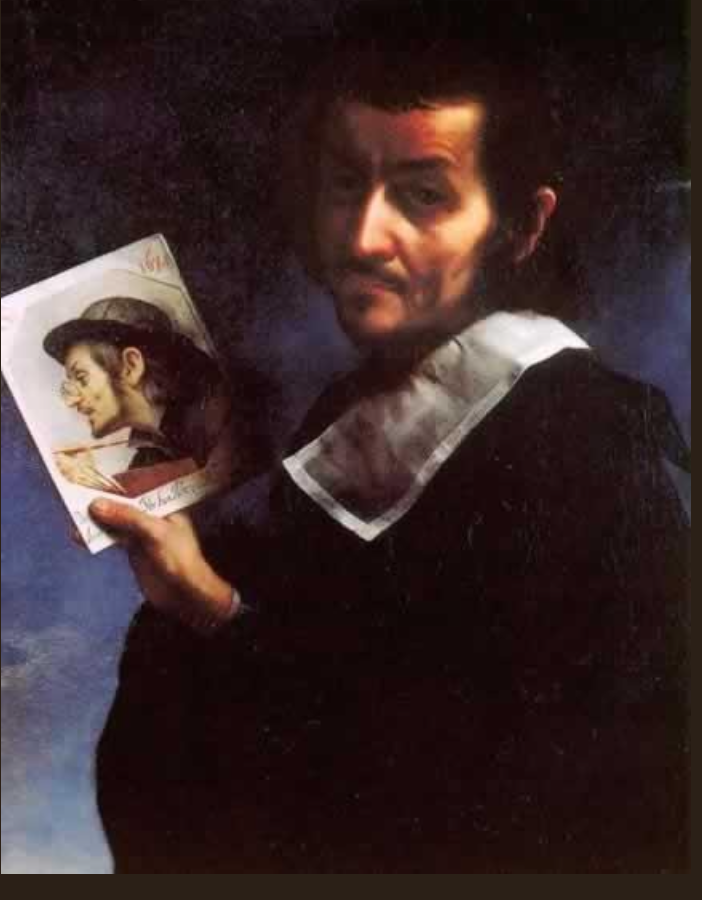
Carlo Dolci
Double self-portrait- 1674
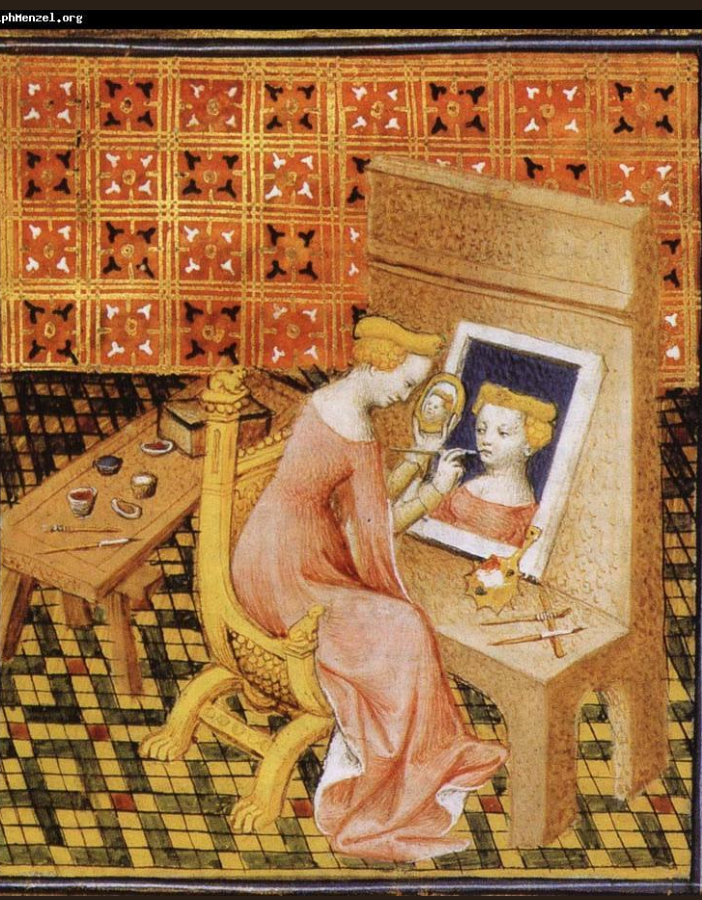
Unknown painter—The painter Marcia Painting her self-portrait
Illustration for Boccaccio’s Treatise '“on famous women' —1402
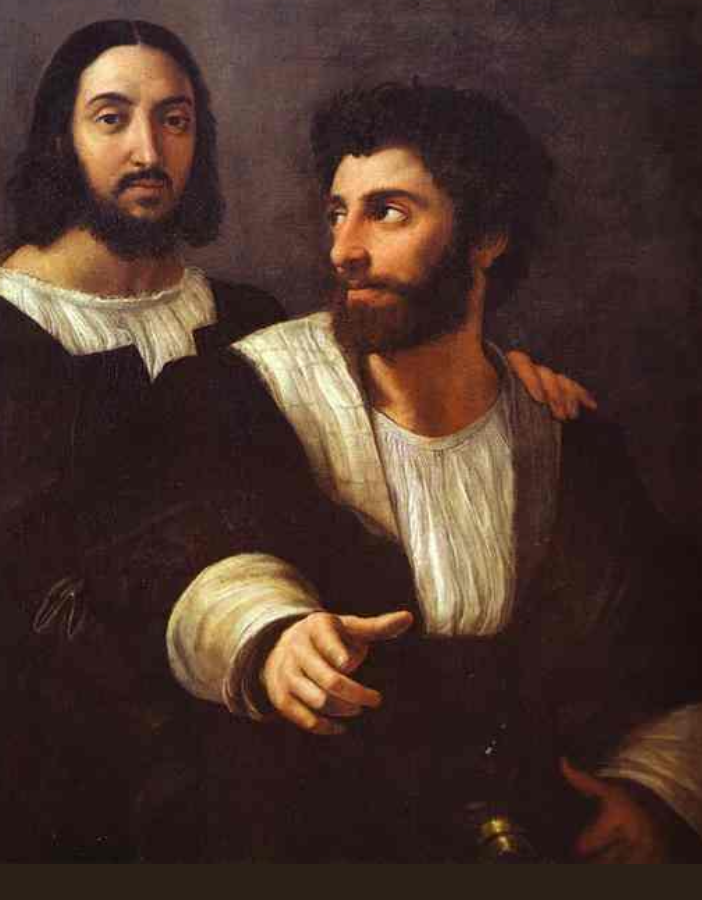
Raphael
self-portrait with a friend—1518

Michelangelo
Self-Portrait as the Flayed Skin of Saint Bartholomew, in: The Last Judgment (Sistine Chapel, Vatican City)—1536-41
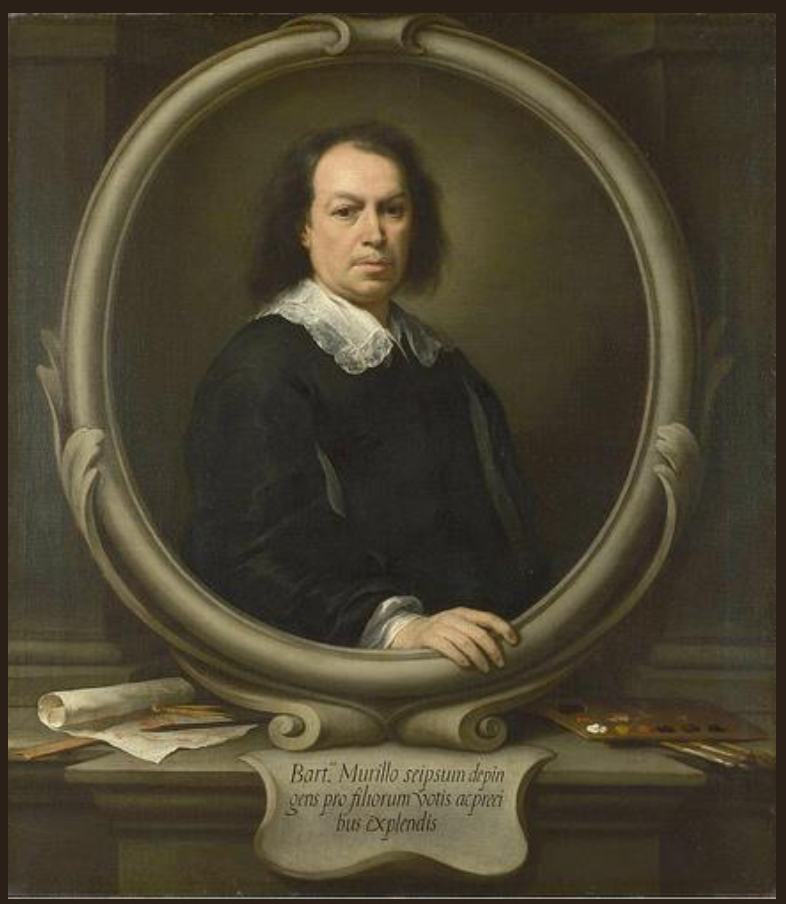
B. E. Murillo
Self-Portrait in Frame—1674
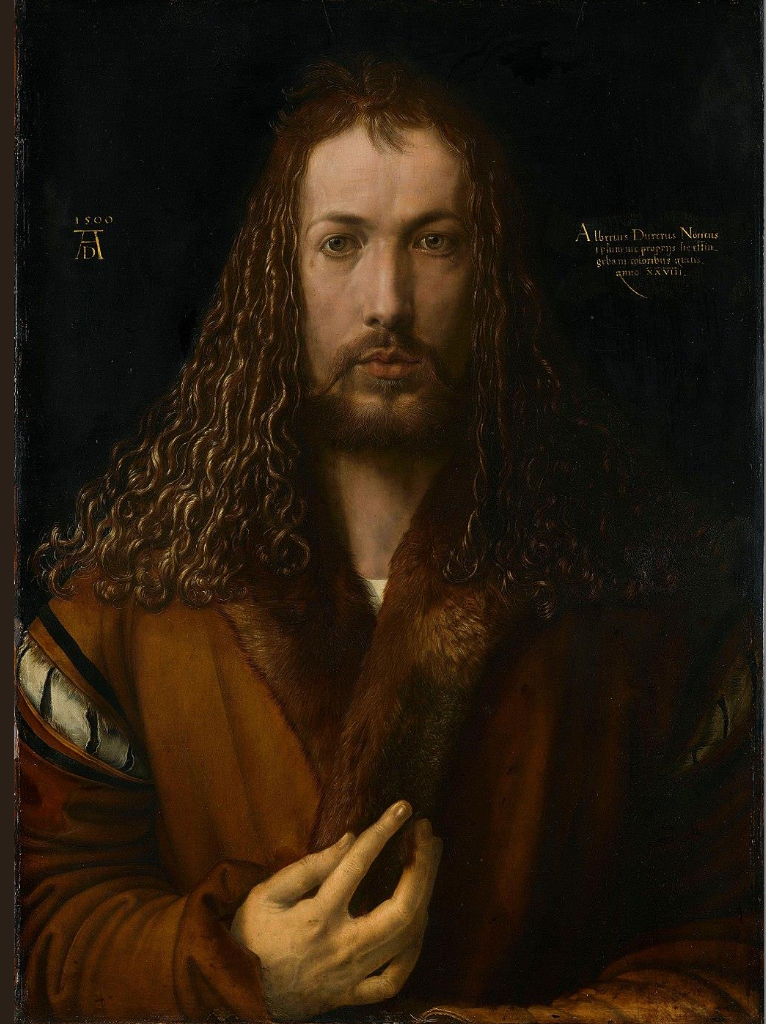
Albrecht Dürer
Self Portrait in the Pose of Jesus Christ—1500
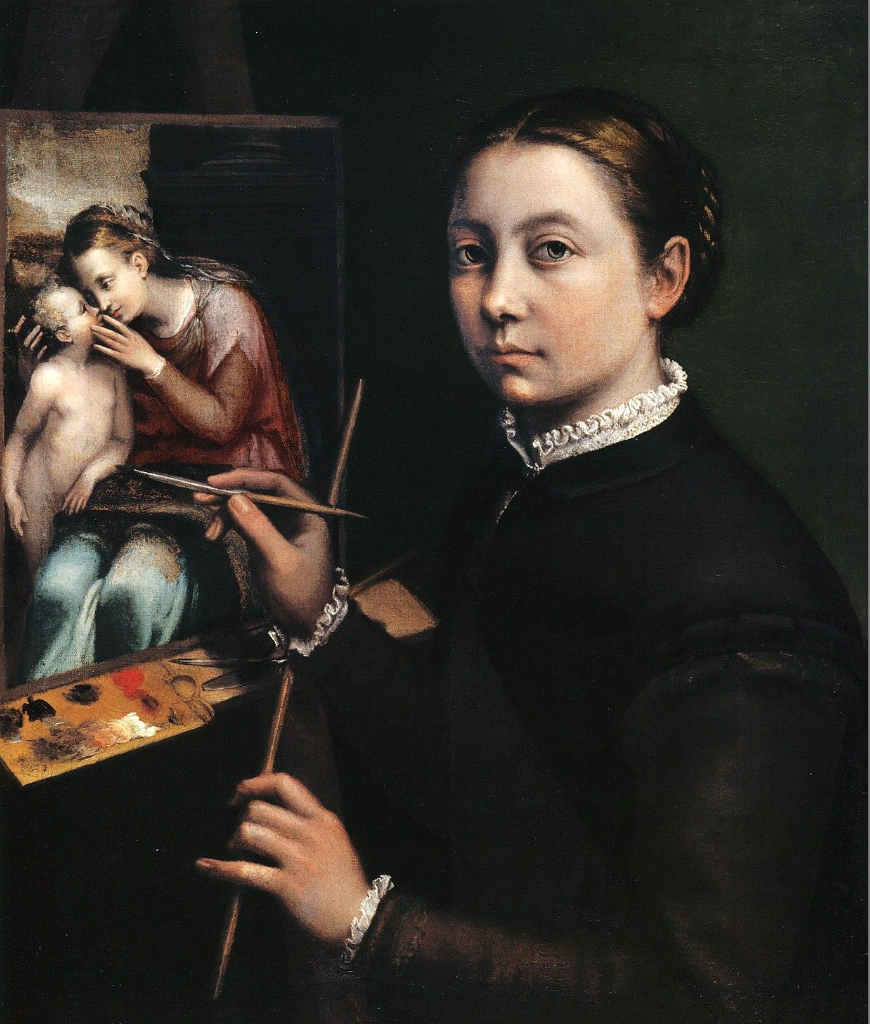
Sofonisba Anguissola
Self Portrait at the Easel with Devotional Panel—1556
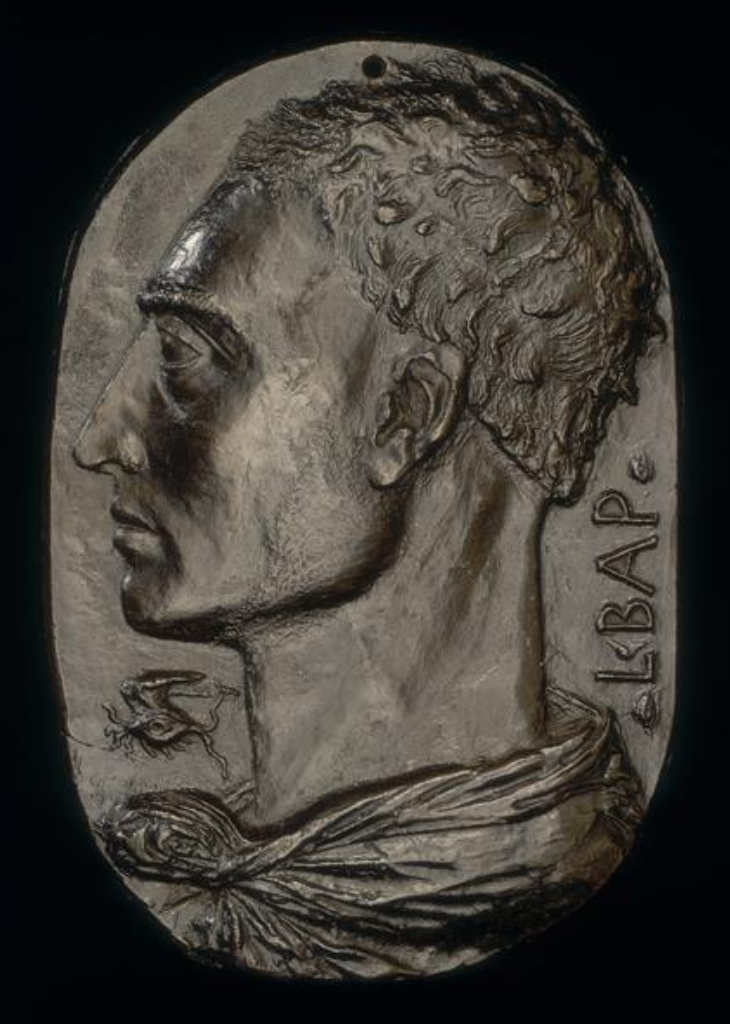
Leon Battista Alberti
Self-portrait with Flying Eye—1435
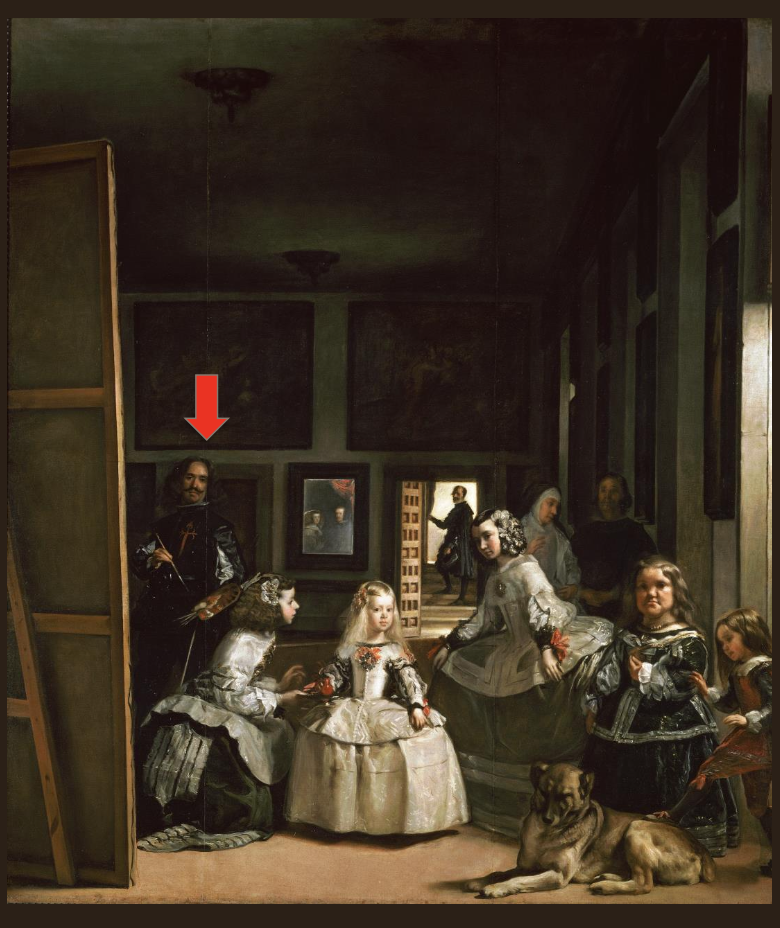
Diego Velazquez
Self-Portrait in the painting Las Meninas (The Maids of Honor)—1656
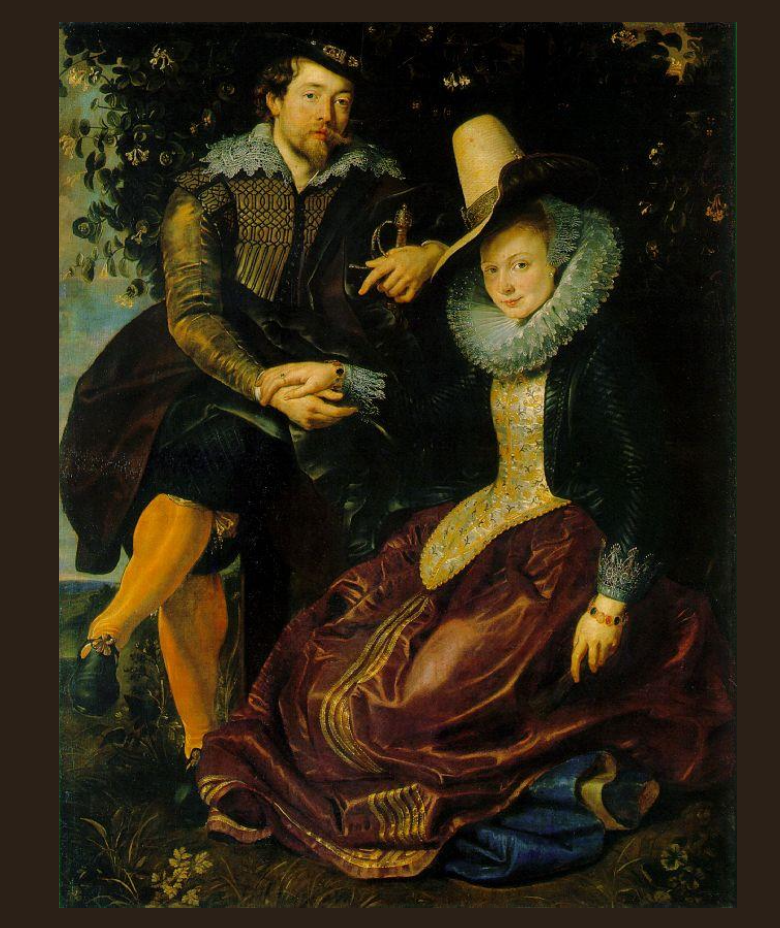
Peter Paul Rubens
Self-Portrait with his First Wife–1610
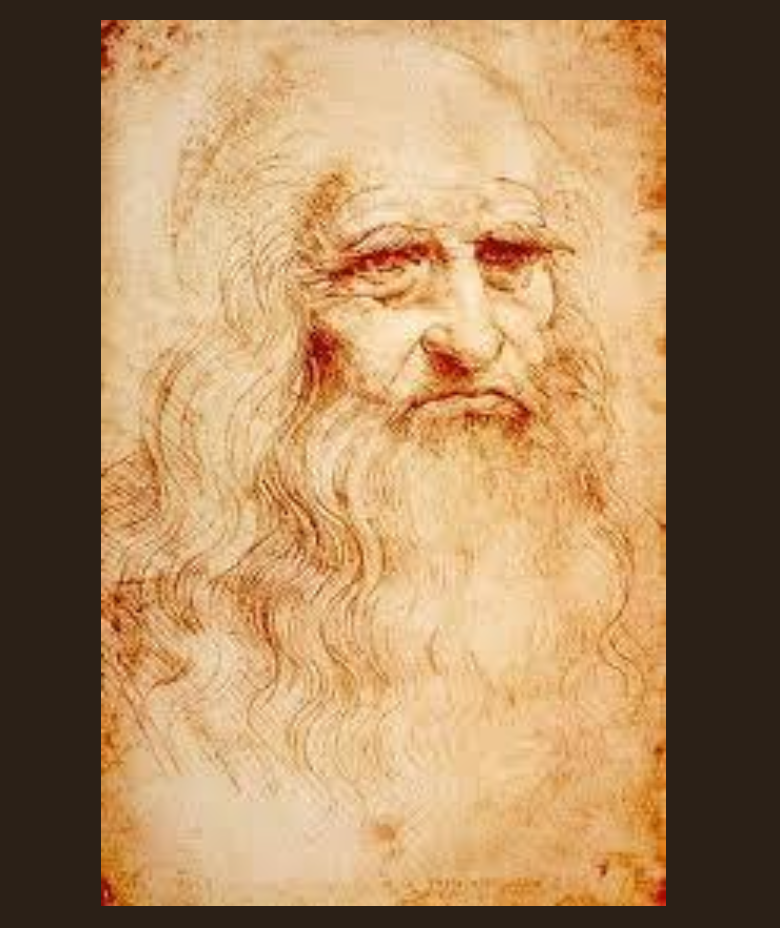
Leonardo da Vinci
Self Portrait—1512
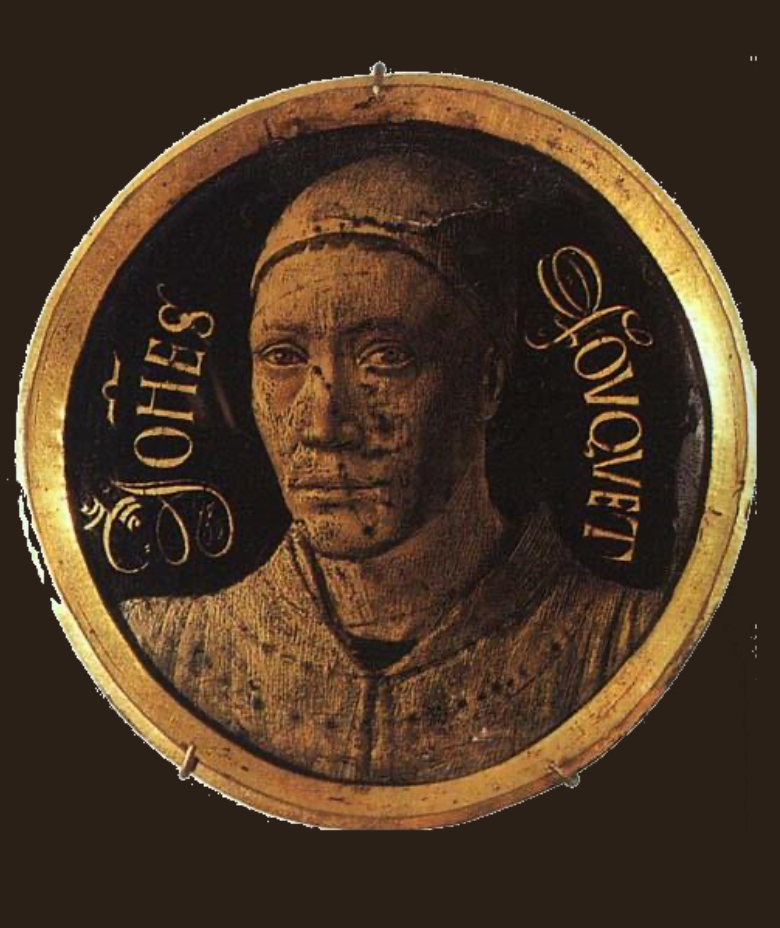
Jean Fouquet
Miniature Self- Portraiture—1450
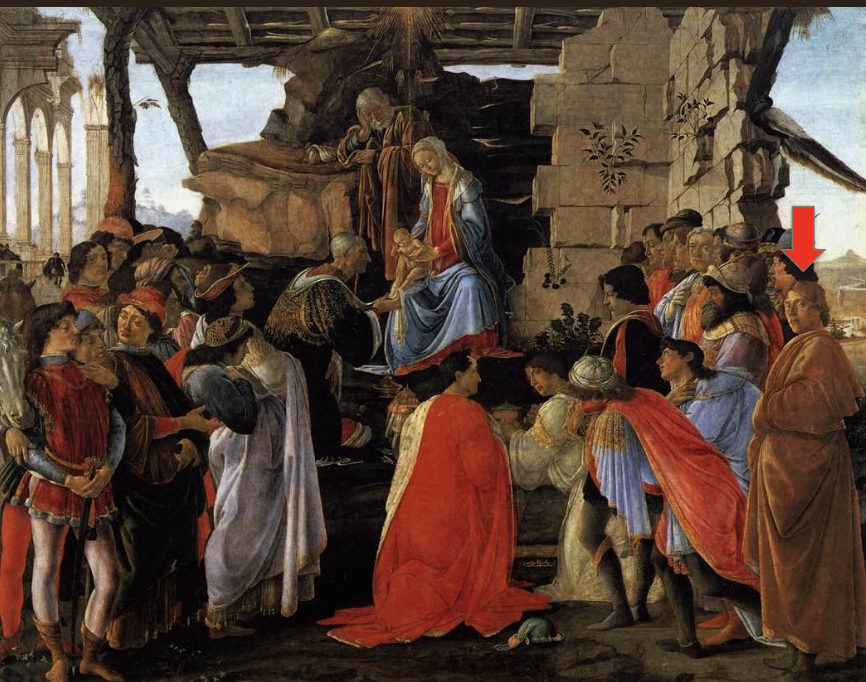
Sandro Botticelli
Adoration of the Magi with Botticelli’s Self-Portrait—1475

Lorenzo Ghiberti and his Son
Self-Portraits on the Gates of Paradise, Florence Baptistery
1425-52
Deus Artifex (God as the ultimate artist)
- Idea of God as artist, creator of mankind, and as architect of the
Universe
- Biblical Genesis as the ur-act of creative activity
- According to the bible, God created man in his own image, which
makes man a type of self-portrait of the creator
- In the Renaissance, artists compared their own creative acts and
artworks to the Divine Creation to elevate the status of their
profession and emphasize their creativity and their skill in
mimetically reproducing man and nature in their works of art
- In consequence, the idea of the divino artista, the divine artist,
emerged.
Acheiropoieton (images not made by human hand)
(singular: acheiropoieton, from Greek = not
handmade) --- also called ‘Icons Not Made by Hand’
Acheiropoieta are a particular kind of icon which are alleged to
have come into existence miraculously, not created by a human
painter.
They became especially venerated and authoritative because they
were ‘true’ images, without any artistic intervention. They were
original and authentic, and they were mostly images of the face
and body of Jesus Christ.
The most notable examples are the Veil of Veronica and the
Shroud of Turin.
Saint Luke painting the Madonna
Devotional subject in Medieval and Renaissance Art showing Mary
with the Christ Child on her lap, often copying or referring to an
early Christian icon in Rome: the SALUS POPULI ROMANI
• The Salus Populi Romani (= the salvation of the Roman people) is
the supposedly original portrait painting of Mary, mother of Christ,
who sat for the Apostle Luke during her lifetime. It represents the
Christian ur-scene of portrait painting.
• Christian Icons such as the Salus Populi Romani were believed to
be painted from the live subject and thus had particular spiritual
powers.
• Luke became the patron Saint of painters and their guilds.
• Saint Luke’s Madonna became popular during the Renaissance to
show the artist’s potential of creating an authentic, mimetic image
of a sitter, and the power such images have.